
Build a Marketing Strategy That Actually Works
Marketing strategies are the backbone of any successful business. They guide how you connect with the right people, build brand recognition, and grow your revenue. A solid strategy ties directly into your business goals, uses real market insights, and picks the best mix of channels to reach and engage your audience.
That means doing your research, understanding who you're targeting, and knowing how to position your brand. Whether you're using SEO, content marketing, paid ads, or automation tools, a strong strategy helps make sure every move you make is intentional—and drives results.
In this section, we’ll break down different marketing strategies, how they work, and how to put them into action so your business can grow in a smart, sustainable way.
Steps of a successful Marketing Strategy:
• Step 1: Define Your Purpose
• Step 2: Define Your Target Audience
• Step 3: Develop Your Brand and a Clear Value Proposition
• Step 4: Define Your Marketing Objectives
• Step 5: Choose Your Channels
Step 1. Define Your Purpose:
Start by clarifying why you're marketing in the first place. What are your overall business goals? Understanding this "why" provides direction and ensures that your marketing efforts are aligned with your broader objectives. It's the foundation upon which all other steps are built.
Step 3. Develop Your Brand and Value Proposition:
Tailor your messaging and brand identity to resonate with your target audience and meet the defined objectives.
Your brand is more than just a logo; it's the perception people have of your business. A clear value proposition communicates the unique benefits you offer.
Step 4. Set Your Marketing Objectives:
Establish specific, measurable, attainable, relevant, and time-bound (SMART) goals. These objectives could range from increasing brand awareness to generating leads or boosting conversion rates. Clear objectives provide direction and benchmarks to measure success
Step 5. Choose Your Channels:
Select the most appropriate platforms and tactics to achieve your objectives based on your audience and brand.
Not all marketing channels will be right for your business. Choose those that align with where your target audience spends their time and how they prefer to receive information.
Why This Approach Works in a Marketing Strategy
Following these steps helps you define what your business aims to achieve and provides a clear roadmap to reach those goals over time. This framework ensures that your marketing efforts are strategic, focused, and aligned with your overall business objectives, setting the stage for long-term success.
Want to know more? Let's Talk!
I’d love to meet you, hear about what you’re working on, and see how I can help support you.


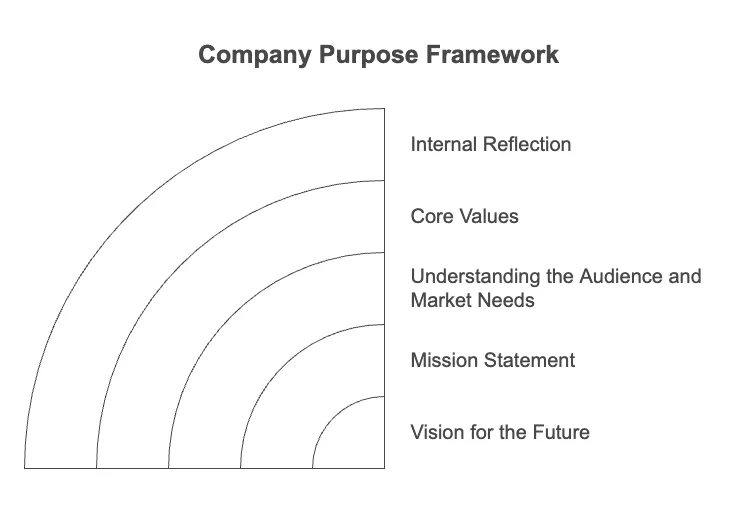
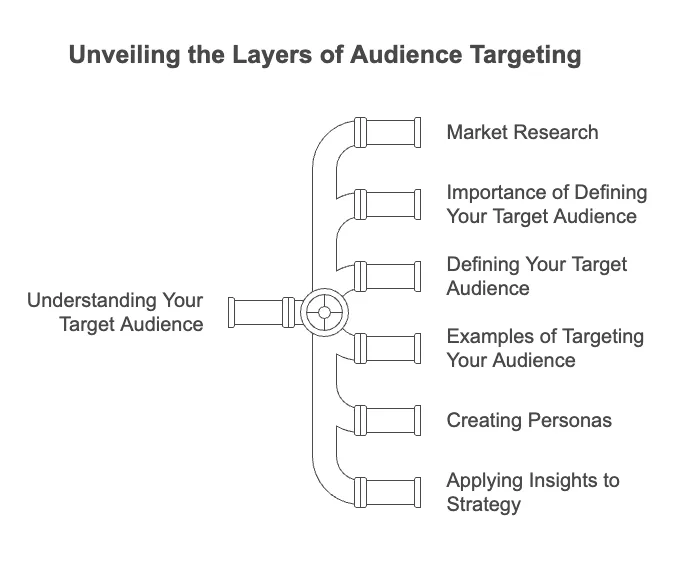
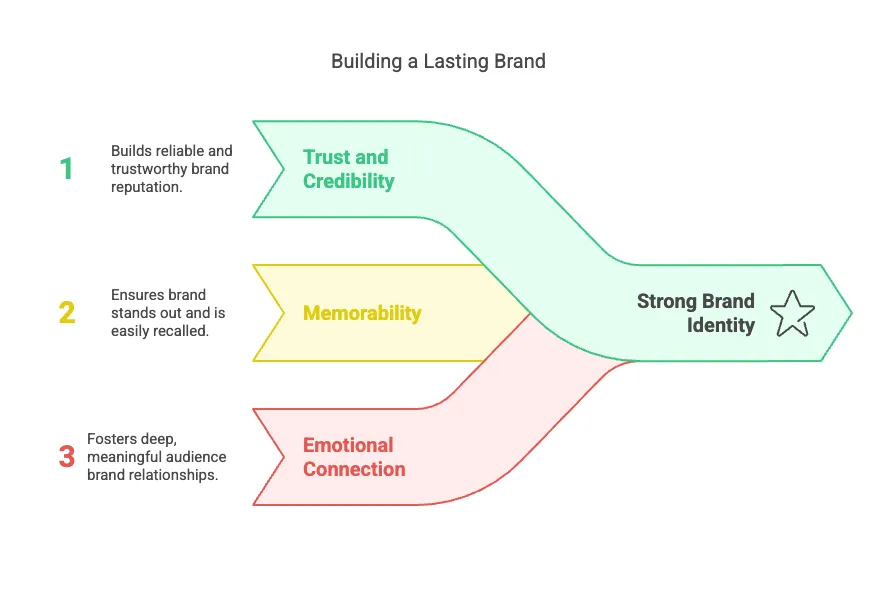
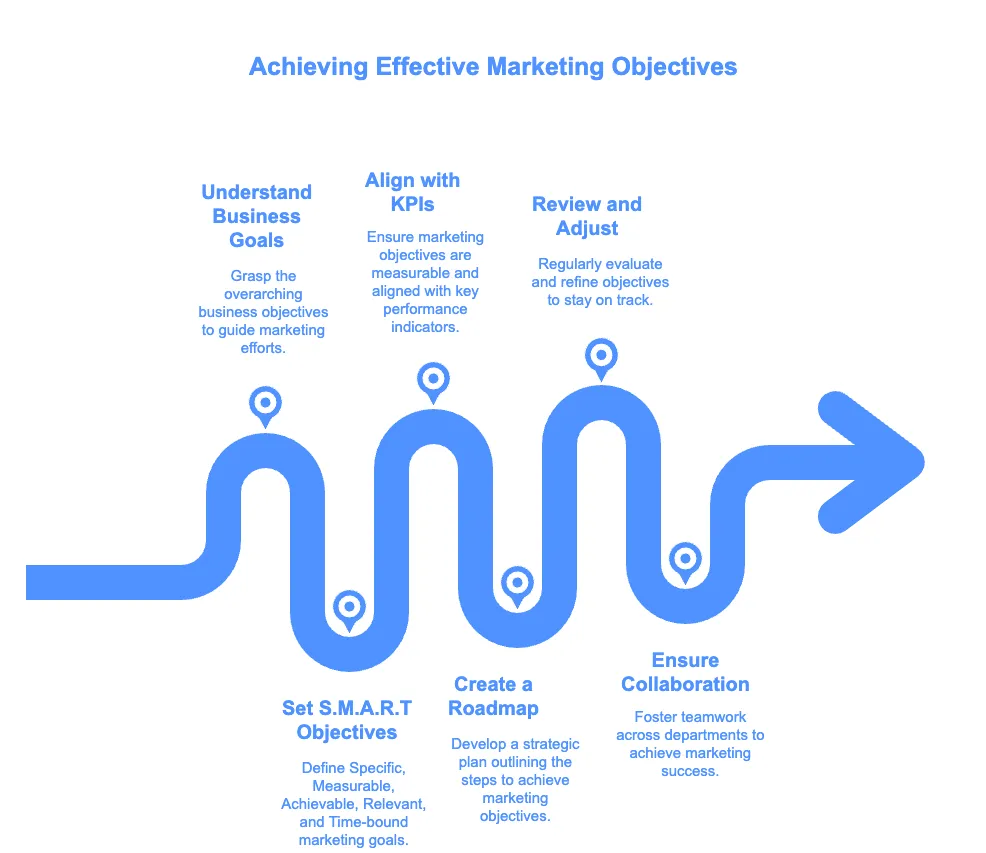
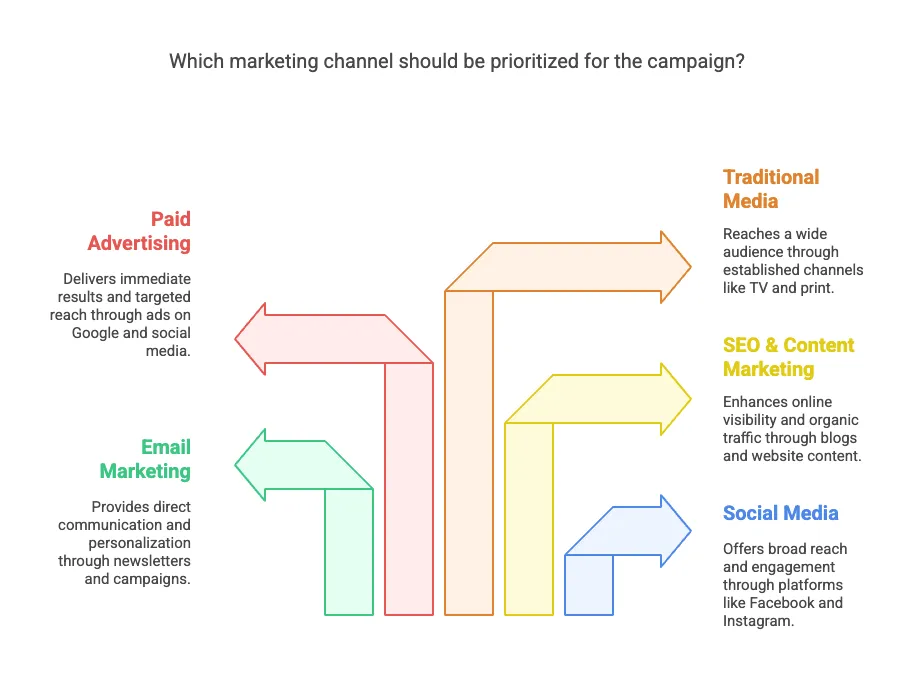
Facebook
LinkedIn